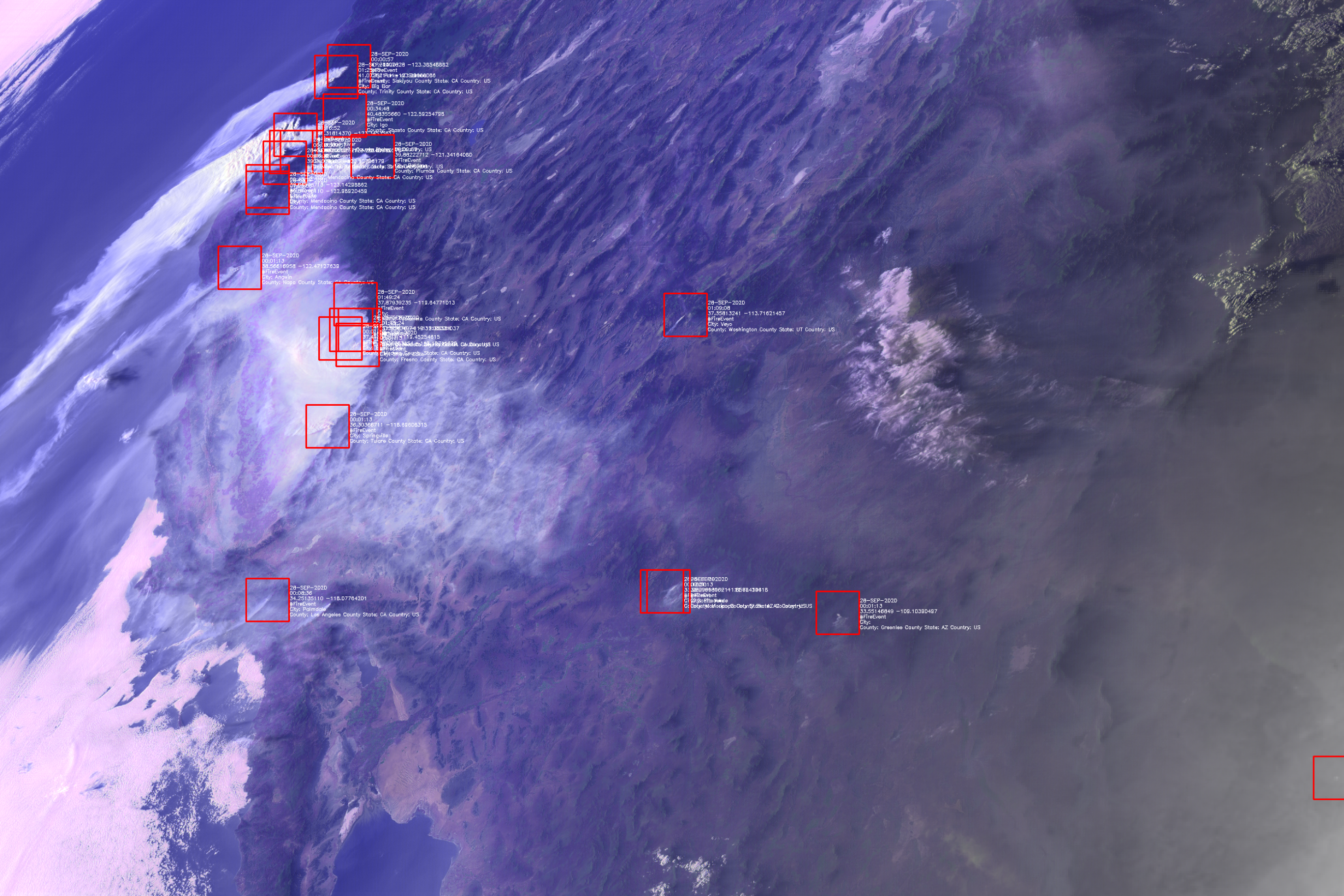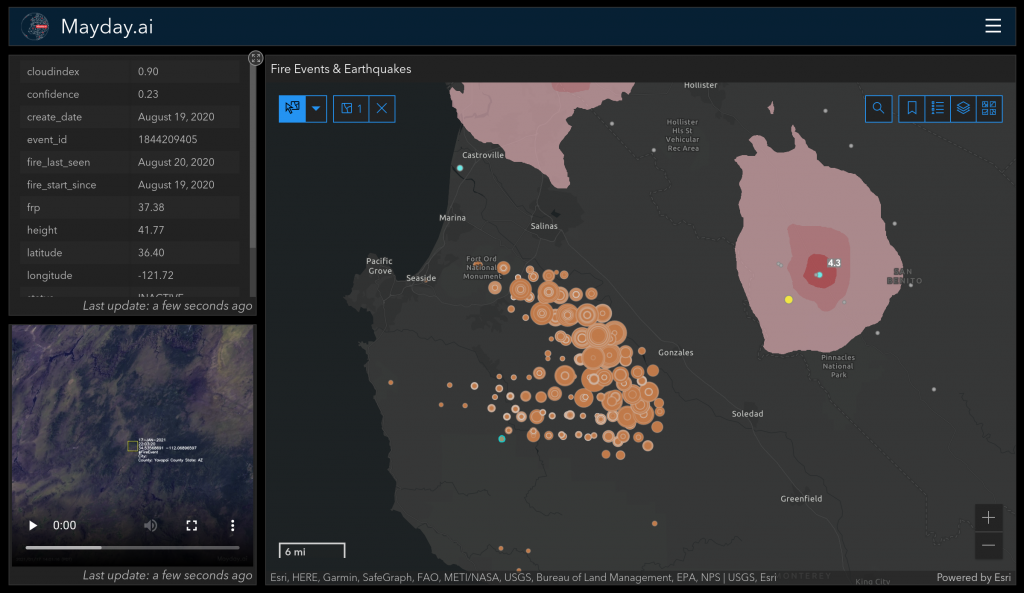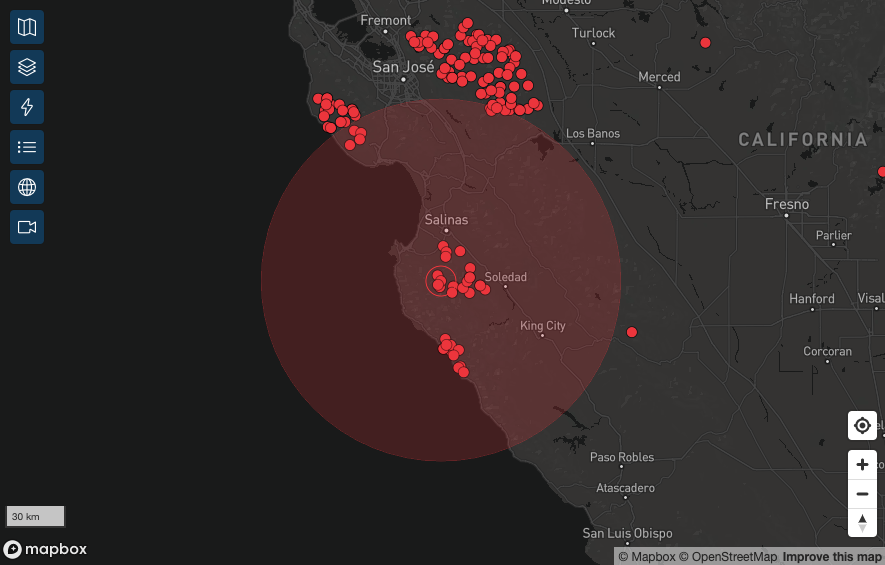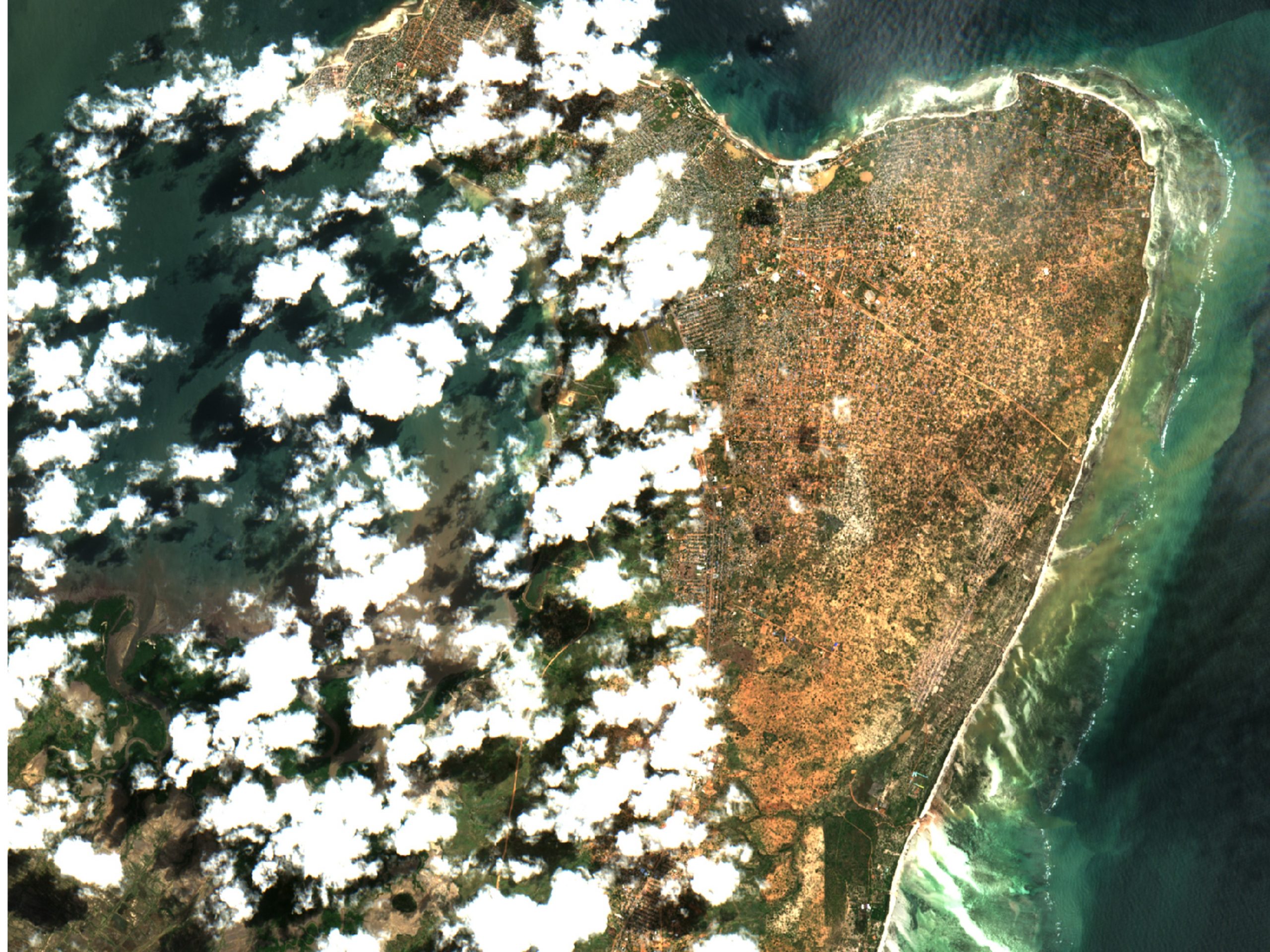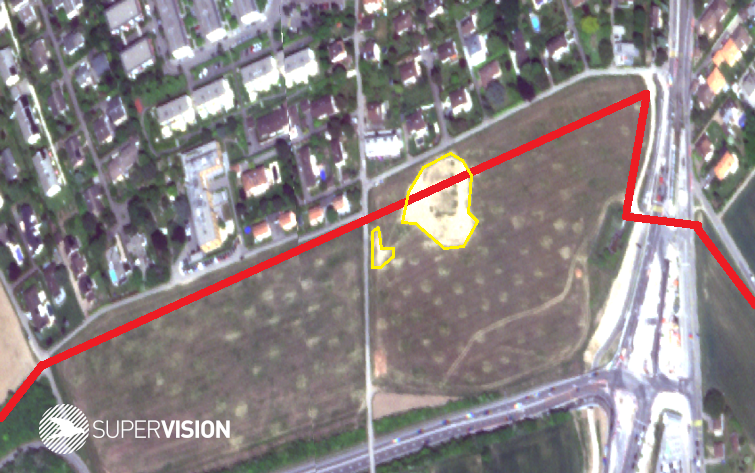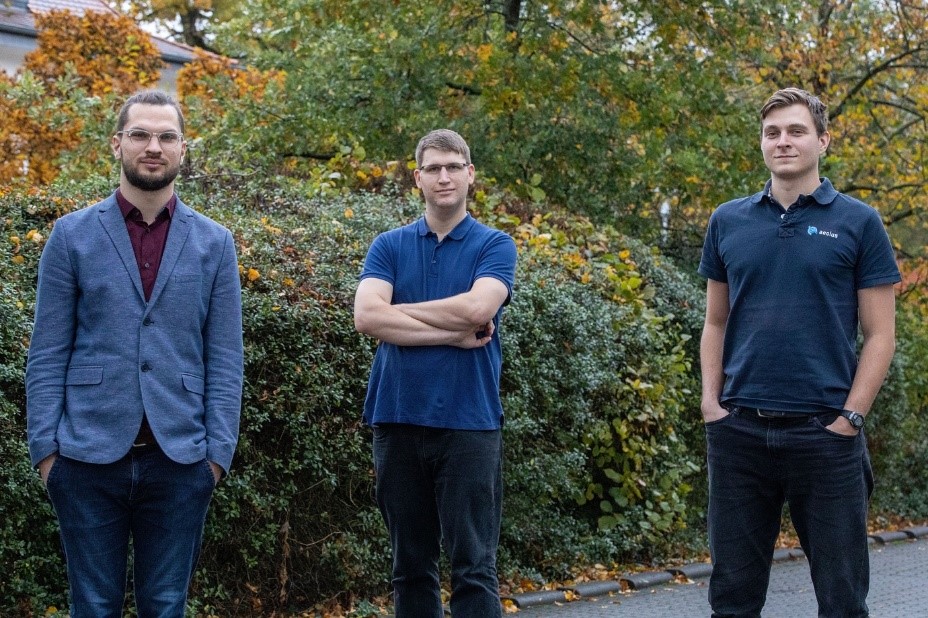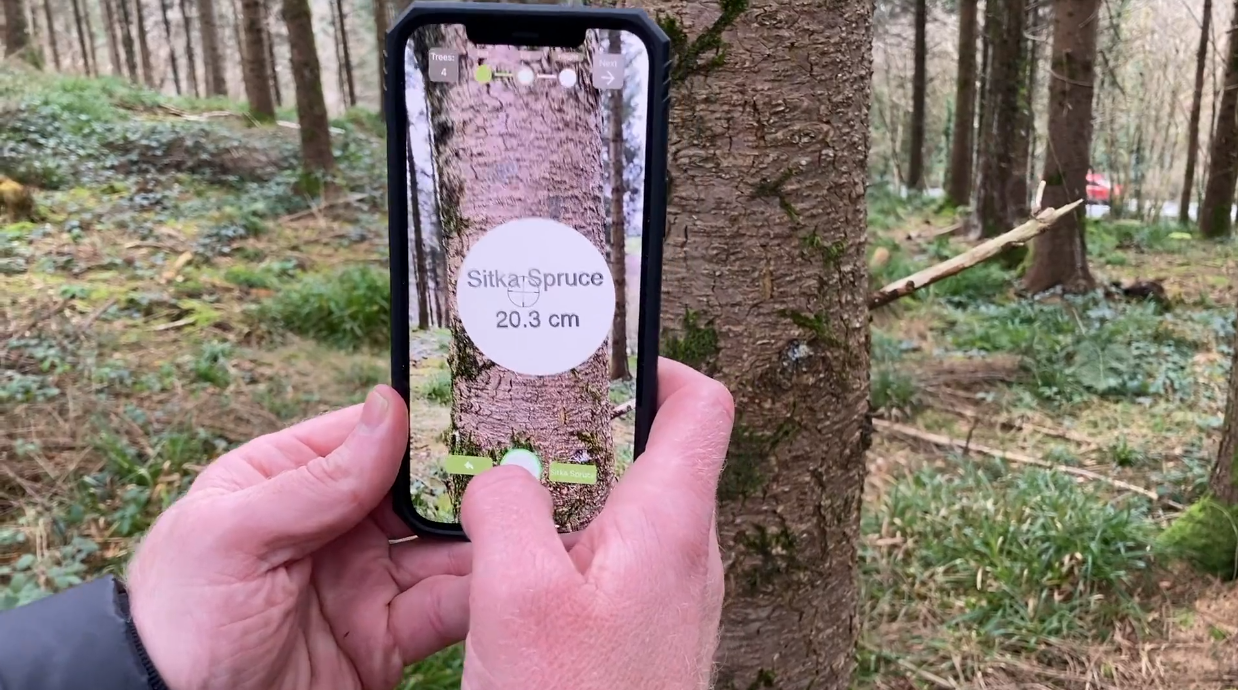Irish company Treemetrics will work with ESA’s InCubed programme to develop Satforcert, a commercial platform to enable the delivery of forest certification and carbon verification standards. Satforcert leverages the latest satellite imagery from the Sentinel satellites and will make it easier for forest owners globally to adopt forest certification.
According to the World Bank (2015 report), global demand for wood is set to quadruple by 2050. The challenge now is to rapidly deploy forest certification standards to meet the exponential growth in demand for sustainable forest management practices and sustainably sourced forest-based products.
Satforcert, developed by Irish company Treemetrics, aims to address these issues by developing an online platform providing tools to facilitate the forest certification process. The contract signing and kick-off meeting for this latest InCubed activity took place in November 2020. Satforcert will utilise the latest EO data by integrating satellite images (e.g. Sentinel-2), maps, documents, checklists, corrective actions, processes and reporting together into centralised systems replacing the many systems and spreadsheets currently used. This streamlined approach will enable more effective and transparent forest certification. More information can be found here.
Treemetrics’ vision for the future is a digitised global forest industry that optimises productivity and sustainability through a move to precision forestry. The Irish company captures and analyses data using customised satellite and mobile communication’s technology to enable forest owners and managers to maximise sustainable production and profitability. The Irish company’s Forest HQ Cloud-based (SaaS) data platform integrates easily with all other systems used by clients and delivers real-time critical operational data to inform sustainable decision making. Treemetrics’ data insights are also integrated into stakeholders’ processes throughout the forest management and supply journey, ensuring better forecasting and optimising production.
Amanda Regan, ESA’s InCubed programme Manager, said: ‘’Satforcert is the latest InCubed activity to provide potential customers with sustainable decision making, and we look forward to working with Treemetrics and other companies to develop these kinds of technologies which are shaping the future of EO.’’
ESA InCubed, along with Enterprise Ireland, will support the development of Satforcert to enable the delivery of forest certification and carbon verification standards. Enda Keane, Treemetrics CEO and founder, welcomed the co-funded collaboration with ESA and forest industry partners commenting:
“Over the past 15 years Treemetrics, with the support of Enterprise Ireland, has worked in over 35 countries across the planet and we have observed the positive impact of responsible forest management. The global forest industry has a huge challenge to meet the growing demands for wood. We are delighted to be working with global leaders and look forward to delivering a system that makes forest certification easier to adopt and more transparent for auditing.”
Welcoming the announcement, Minister of State for Business, Employment and Retail, Damien English, TD, said: “Treemetrics are a fantastic example of an innovative Irish company using digital space data, made available through Ireland’s membership of ESA, to ensure the sustainability of raw materials on Earth.”
Satforcert will be developed in partnership with major players in sustainable forest management certification, including the Programme for the Endorsement of Forest Certification (PEFC) and the Sustainable Biomass Programme (SBP). PEFC is the world’s largest forest certification system, with 790 million acres of PEFC-certified forest across the globe, and will ensure Satforcert meets the needs of their international certificate holders. SBP, a global standard to ensure that wood biomass is sourced sustainably, will also support the development phase.
Other partners include the leading forest auditing body Soil Association, which is responsible for the certification of 18 million hectares every year. F&W Forestry, the largest private forest manager in the UK, will also support the project to ensure the platform meets the needs of private forest owners and managers globally. These companies will bring a wealth of experience having pioneered the adoption and delivery of forest certification standards for the past two decades.
Satforcert will also provide carbon verification standards and be used by Forest Carbon who lead the way in UK woodland creation for carbon capture. Enda Keane, Treemetrics CEO and founder, added: “Forest Carbon is a rapidly emerging product that forest owners are monetising across the planet. The platform will also leverage the Treemetrics precision measurement, verification and certification tools that help to reduce the potential associated risk and increase overall adoption of this important mechanism.”
To Know more: Satforcert InCubed activity, Treemetrics, Enterprise Ireland, PEFC, SBP, Soil Association, F&W Forestry, Forest Carbon


